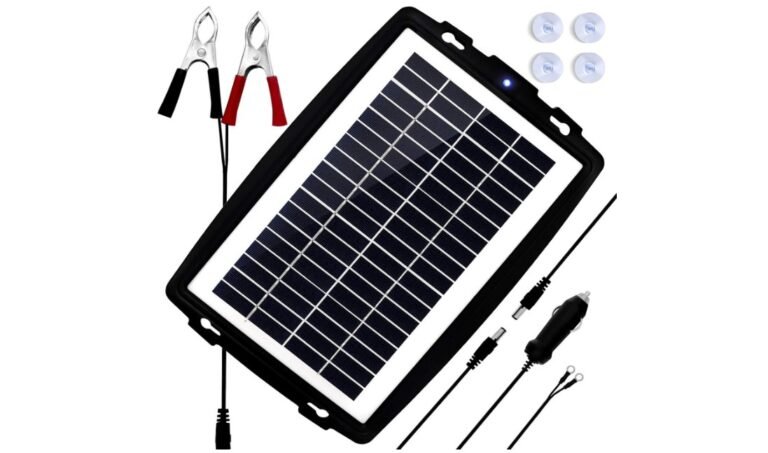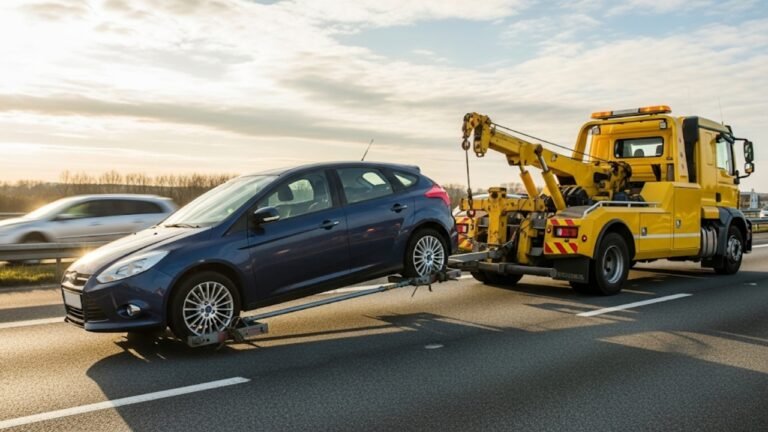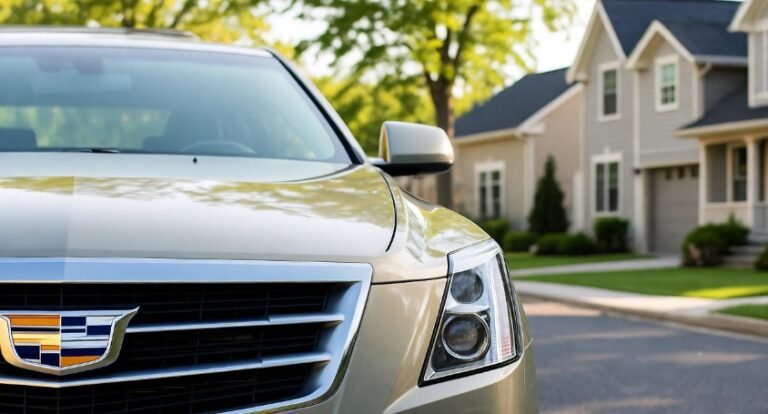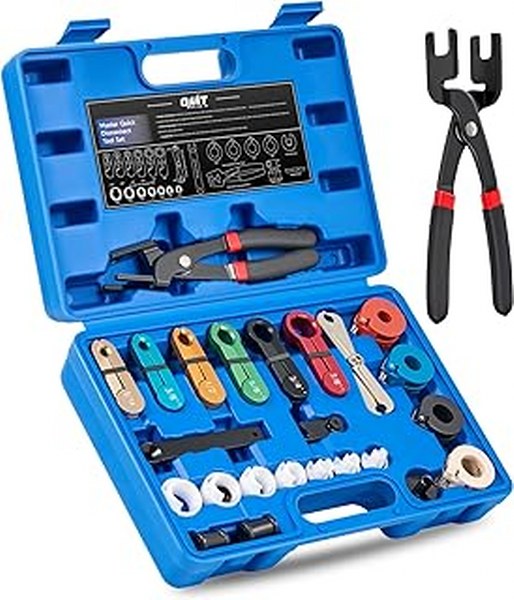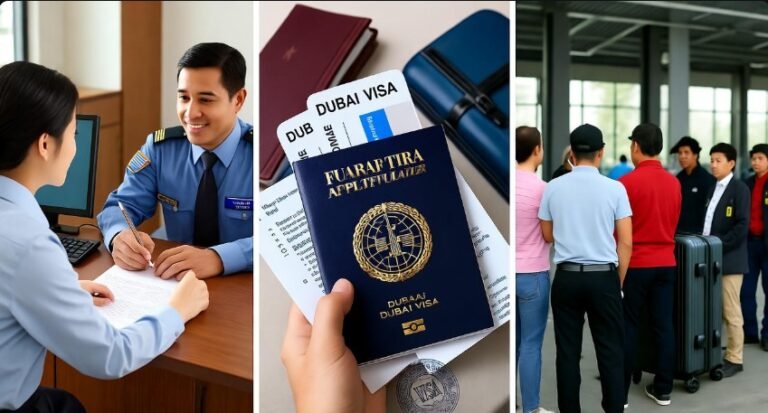10 Best All-Season Tires for Safe Winter Driving in 2026
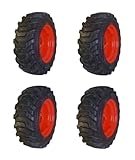
Are you tired of that white-knuckle feeling every time a snowflake hits your windshield? Do you dread the morning commute after an overnight frost, wondering if your current tires are up to the task? Finding a tire that can handle a surprise winter storm without needing a seasonal swap is a common headache for many drivers. You want confidence and safety, but you don’t want the hassle of storing a separate set of winter tires.
Still unsure which 10 Best All-Season Tires for Safe Winter Driving suits your daily use? Start by listing must-have features, then match them to budget and real scenarios (work, travel, home). Check build quality, warranty, and any day-one accessories. Finally compare trade-offs like size, noise, battery life or upkeep so you buy with confidence. Use the table below to scan pros and cons at a glance and shortlist the models that truly make sense for you.
| Product Image | Product Name | Best For | Prices |
|---|---|---|---|
 |
Set of 4 Heavy-Duty Skid Steer T | Heavy-duty Machinery | Prices |
Set of 4 Heavy-Duty Skid Steer T

If you need a set of tires that can truly handle the toughest jobs on your farm or worksite, these Heavy-Duty Skid Steer Tires are the perfect fit.
The deep, aggressive tread pattern is a standout feature. It provides incredible grip in mud, loose dirt, and snow, preventing your machine from getting stuck. For example, you can confidently navigate a muddy field after a rainstorm without losing traction and wasting time.
Built with a robust, cut-resistant compound, these tires are made to last. They can withstand sharp rocks and debris on a construction site, reducing the worry of punctures and costly downtime. For reliable performance in demanding conditions, this set is a solid and durable choice.
Pros:
- Excellent traction in mud and loose terrain
- Extremely durable and cut-resistant construction
- Provides great stability for heavy loads
- Long-lasting tread life
Cons:
- Can produce more vibration on hard surfaces
- Heavier than some standard options
- Not the quietest tire for paved surfaces
Buyer’s Guide: 3 Key Factors to Consider
Before you make your final choice, focusing on these three key areas will ensure you get the right all-season tire for your specific winter driving needs.
1. The Three-Peak Mountain Snowflake Symbol
This is the single most important feature to look for. A tire branded as “all-season” is not necessarily good in snow. The Three-Peak Mountain Snowflake (3PMSF) symbol on the sidewall certifies that the tire meets specific snow traction performance standards. For safe winter driving, never settle for an all-season tire without this symbol.
2. Treadwear Warranty vs. Performance
There’s often a trade-off between a long treadwear warranty and superior grip. Performance-oriented tires with softer rubber compounds provide better traction but may wear out faster. If you drive a high number of miles annually, a tire with a longer warranty (e.g., 70,000 miles) is a practical choice. If maximum grip is your priority, be prepared for a potentially shorter tread life.
3. Your Local Climate
Honestly assess the winter conditions you typically face. If you mostly deal with cold, wet roads and occasional light snow, a standard 3PMSF-rated all-season tire will suffice. However, if you regularly encounter heavy snow, slush, or icy conditions, you should strongly consider a dedicated set of winter tires for the season, as they offer far superior performance in extreme conditions.
Frequently Asked Questions
Q1: Are all-season tires with the 3PMSF symbol as good as winter tires?
A1: No. While 3PMSF-rated all-season tires are a significant improvement over standard all-season tires in light snow and cold weather, they cannot match the pliable rubber and deep biting edges of a dedicated winter tire on ice or in deep snow.
Q2: Can I use these all-season tires year-round?
A2: Yes, that’s the primary benefit. These tires are designed to be a balanced, single-tire solution, providing good performance in dry and wet conditions for most of the year while offering competent traction in light winter weather.
Q3: How much should I expect to pay for a good set?
A3: Prices vary by size and brand, but for a set of four quality 3PMSF-rated all-season tires, you can generally expect to pay between $600 and $1,200, including mounting and balancing.
Q4: Do I need to replace all four tires at once?
A4: Yes, for optimal safety and performance, especially in winter conditions, you should always replace all four tires. Mixing tires with different tread patterns and wear levels can compromise handling and stability.
Q5: How do I know when my tires are no longer safe for winter?
A5: The most critical factor is tread depth. For effective snow traction, you need a minimum of 6/32″ of tread. Consider replacing your tires before they reach the legal minimum of 2/32″ to ensure winter safety.
Final Verdict: Which One Should You Buy?
For most drivers seeking the ultimate balance of year-round comfort and confident winter safety, the Michelin CrossClimate 2 stands out as our top overall pick. If you prioritize maximum winter traction on a budget, the General AltiMAX RT45 offers incredible value. For SUV and light truck owners, the Bridgestone WeatherPeak provides top-tier performance and a stellar warranty. Your best choice ultimately depends on your specific vehicle, driving style, and local climate.

